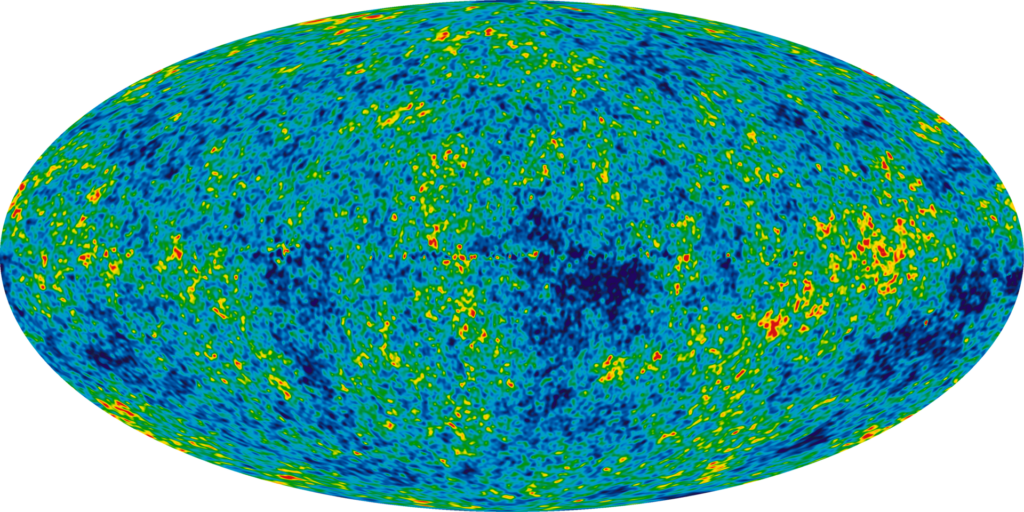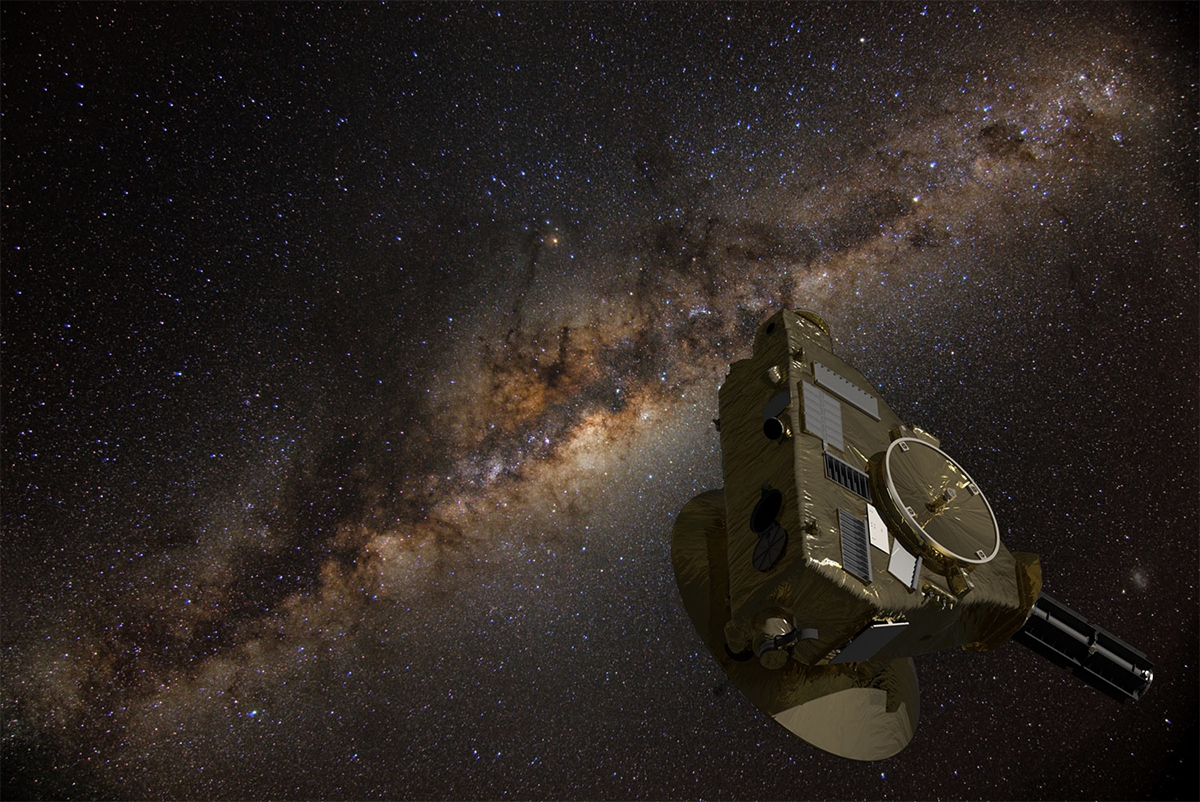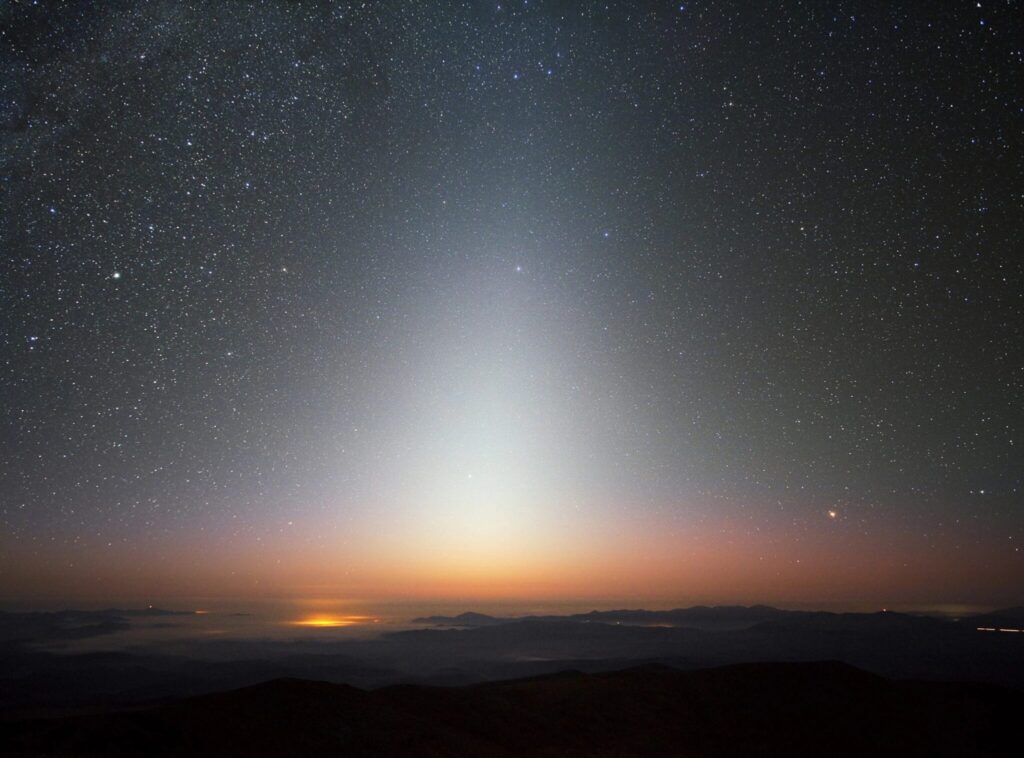Scientists have found an explanation for why the Universe looks brighter than it should. The answer to this question came from improved measurements made with the help of the New Horizons spacecraft.
Abnormal brightness of the Universe
In the 1960s, astronomers Arno Penzias and Robert Wilson discovered that space was pervaded by powerful microwave radiation that was predicted to be left behind after the formation of the Universe. They were awarded the Nobel Prize for this discovery. Subsequently, astronomers also found evidence of a background of X-rays, gamma rays, and infrared rays that also fill the sky.

But what about visible light? Measuring the total luminous flux of the Universe is extremely difficult, both from Earth and from anywhere in the inner Solar System. This is hindered by sunlight and interplanetary dust, which scatters it, turning it into a kind of fog.
In 2021, a team of astronomers attempted to answer this long-standing question using the New Horizons spacecraft. It lies beyond Pluto’s orbit at a distance of over 7 billion kilometers from Earth. The sky in this region is darker than at any other observable point in the Solar System.
Using this unique vantage point, New Horizons conducted a series of sky observations with the LORRI camera. LORRI itself was intentionally shielded from the Sun by the spacecraft body, preventing even the dimmest sunlight from directly hitting its lens. And the observation sites were located away from the plane and center of the Milky Way, as well as nearby bright stars.

The results surprisingly showed that the Universe is about twice as bright as expected. This raised a legitimate question about the origin of the mysterious “extra” light. It has been hypothesized that its source could be galaxies that are too dim to detect, or even rogue stars that inhabit intergalactic space.
Mystery is solved
To solve the mystery of the anomalous glow of the Universe in 2023, scientists conducted another cycle of observations with LORRI. But this time, they analyzed a much larger area of the sky and supplemented their observations with data from the Planck mission about areas of the sky with different dust densities. This resulted in a more accurate correction for diffuse light scattering created by dust in the Milky Way, as well as scattered light from bright stars outside LORRI’s field of view. Such a technique was not available at the time of the original observations in 2021.

After accounting for all known light sources, such as background stars and dust clouds in the Milky Way, the researchers found that the remaining level was entirely consistent with the intensity of light generated by all galaxies over the past 12.6 billion years. Thus, the apparent increased brightness of the Universe is only an illusion created by our galaxy.
This finding demonstrates a key element of scientific activity — improving methods to produce more accurate results. It also answers a long-standing question among astronomers about how bright the space is. It turns out that it is as bright as we would expect from the light of all the galaxies that have formed in the Universe since the Big Bang.
Earlier we told you about how New Horizons discovered traces of an unknown region at the edge of the Solar System.
According to pluto.jhuapl.edu


